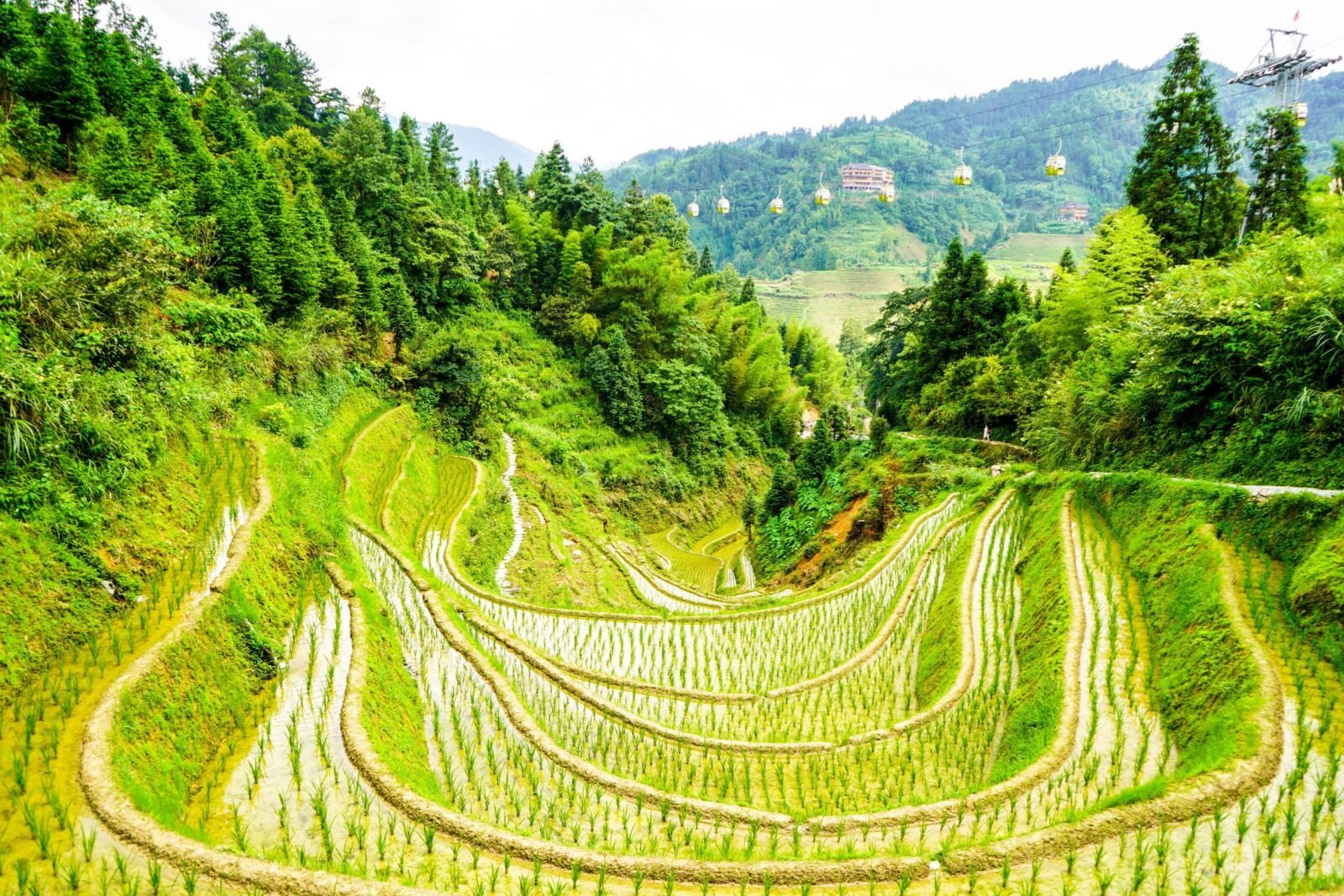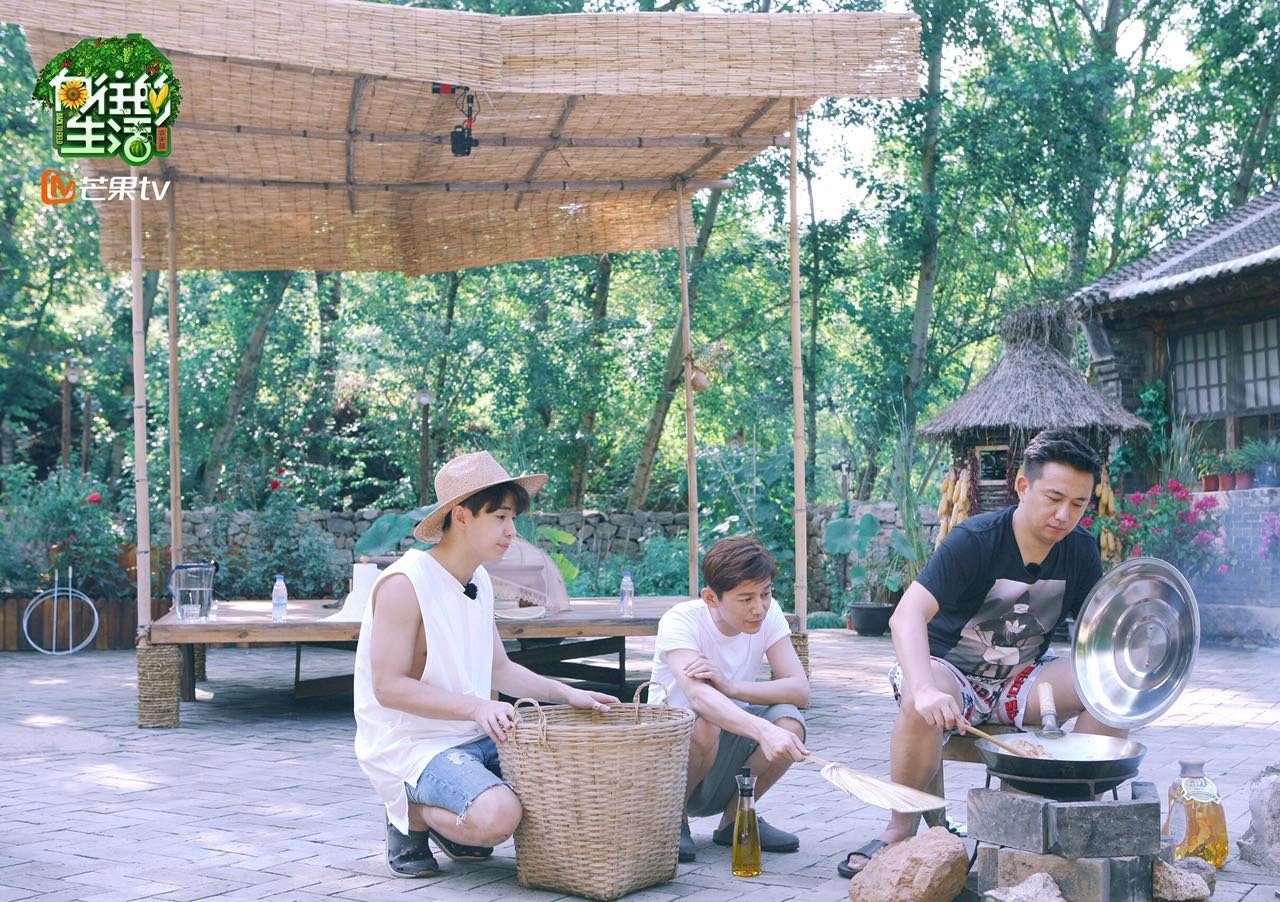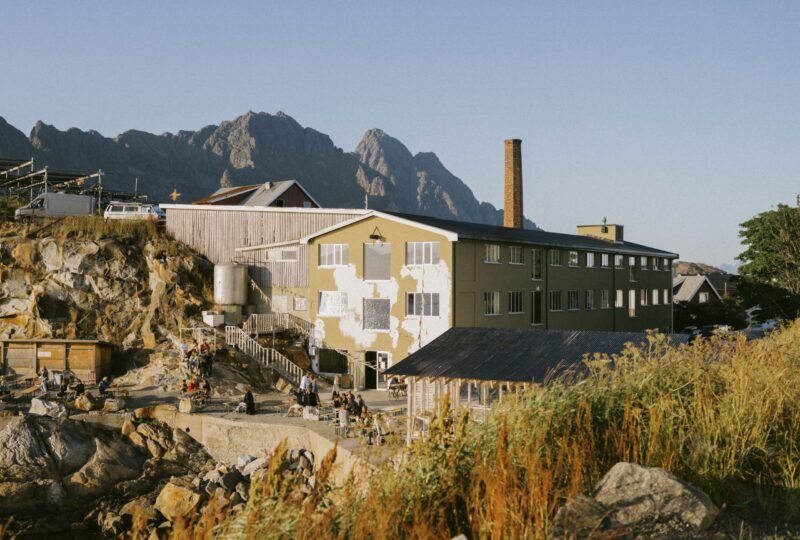How China Is Reimagining Its Countryside in Pop Culture

The future is urban? Pop culture and architectural trends in China seem to suggest otherwise. This is the first article of a two-part series discussing the ways in which Chinese society is reimagining the countryside.
One of the most popular variety shows in China at the moment is Back to Field, which features a core cast of celebrities who spend several months living on a farm in the country’s rural regions. Each episode, the group invites other famous guests to experience one night in the countryside, working together on the farm and cooking feasts with fresh produce from the field. In many regards, the English name of the show does not fully reflect its Chinese title, which actually translates to “the life that we yearn for.” In fact, a main reason why the show has been so successful in China is because its rosy depiction of the countryside’s “slow living,” which contrasts greatly with the face-paced urban lifestyle that most of the show’s viewers are accustomed to. A consistent sentiment conveyed by guests on the program is their desire to escape the busy city and visit the peaceful countryside more often.

While the pastoral lifestyle has long been an aspiration in Chinese literature, it is only in recent years that this aspiration has really taken root amongst Chinese urban dwellers. Several factors contributed to this shift in attitude, but the main driver was arguably President Xi Jinping who, from the beginning of his term, identified China’s widening rural-urban divide as a problem and pushed for intensive rural rejuvenation throughout the country. Under his leadership, China launched its “beautiful countryside” campaign in 2014, which worked to improve rural living conditions and revitalize rural areas across the nation. Last year, the Ministry of Housing and Urban-Rural Development also updated its list of the rural settlements in the country that are considered “Traditional Villages” — a title that brings both monetary benefits and state protection.
In addition to the state agenda, another factor that created the conditions for a reimagination of China’s countryside was the rise of its middle class, which has grown at a breakneck speed throughout the past decades. More Chinese citizens can now afford to pursue a better quality of life, and this has also come with an increased dissatisfaction with the negative effects of rapid urbanisation. As the urban middle class grow tired of the heightened health risks in cities, many residents are developing an interest in the physical and mental health benefits of rural lifestyles.
One of the most famous internet celebrities in China right now, for example, is Li Ziqi, a Chinese video blogger with more than 26 million subscribers on Weibo (Chinese social media site) who is known for her videos portraying her idyllic lifestyle in the remote countryside of Sichuan. Aside from Li, many other Chinese bloggers have risen to fame with similar content depicting the pastoral ideal. There has even been a new term created to describe this type of content along with shows like Back to Field, known as “slow entertainment”.
Within this context, it comes as no surprise that China’s domestic tourism has seen significant growth throughout rural regions in recent years. Many sites featured in the TV programs and internet videos have transformed into popular destinations for domestic tourists, who long to experience the same peaceful lifestyle as depicted on-screen. It is important to keep in mind, however, the image of rural-living portrayed on TV or by internet celebrities is highly edited and, thus, highly romanticized. For most, living in the countryside is neither a lifestyle choice nor a glamorous affair, and China’s rural-urban divide remains a serious issue despite the gradual shifts in popular attitudes.



